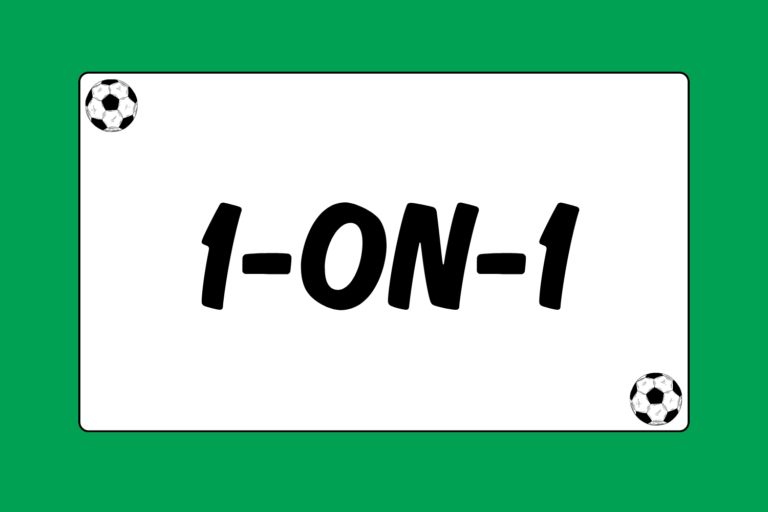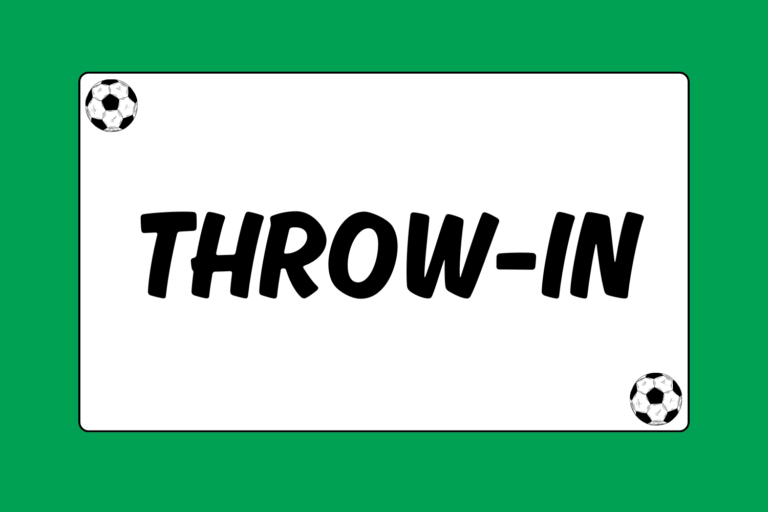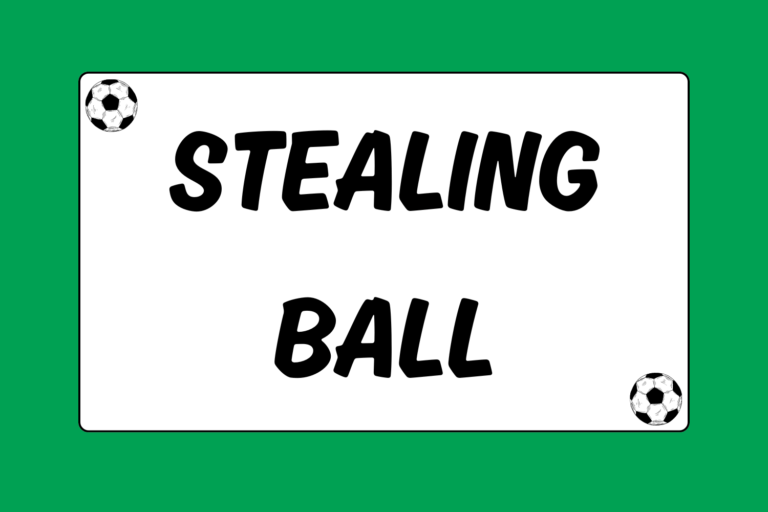Corner kicks are a fairly common restart in soccer and present both a dangerous opportunity for the attacking team to score, and a stressful defensive assignment for the opposing team. A corner kick occurs when the ball last touches the defending team before crossing their own goal line. The referee will then point to the nearest corner flag to indicate that a kick has been awarded. Once this occurs, both teams should immediately begin shifting their formation in preparation for the kick.
Corner Kick Preparation
You should have a game plan for how to take corner kicks before your team ever gets on the field:
- Who is taking the kick (depending on which side of the field it’s on)?
- How many players will be sent forward into the box?
- Where should each player be positioned?
You should also be prepared for the opposing team’s counterattack if your team loses possession of the ball.
Waiting for the Whistle
The corner kick cannot be taken until the referee blows their whistle to announce the resumption of play. Once the ref has done this, you are free to take the kick as soon as you like. Sometimes it is advantageous to take the kick swiftly if the defense is not properly prepared for your attack.
Signaling Your Teammates
The player taking the kick will often raise their hand in the air to signal to their teammates that the ball is coming. This is by no means a necessity, but it will make it easier for your teammates to anticipate the ball.
Of course, this also signals to the opposing team that the ball is coming. The general thought is that it’s worth it to give your teammates a warning to ensure they’re ready and maximize your scoring opportunity. The opposing team already knows the ball is coming anyway, so the question is more as to whether they have the mettle to stop your attack than if they’re ready for your kick.
In-swinging Corner Kicks
An in-swinging corner kick is one that curls outwards from the goal line and then comes back inward as it reaches the frame of the goal. The in-swinging corner kick is useful because the trajectory the ball is on already places it closer to the net. However, a downside is that these kicks also make it much easier for the opposing goalkeeper to secure the ball in the air. Naturally, it is easier to kick an in-swinging corner if a person with the ideal kicking foot is matched with the appropriate corner (right from right corner, left from left corner).
Hot Tip: Be a Nuisance
One of the many ways to gain an advantage on a corner kick is by shielding the opposing goalkeeper. You have to be careful you don’t get too physical and commit a foul, but it is perfectly acceptable to stand in front of the keeper and obstruct their view.
Most keepers despise this, but shielding is a great way to get a physical and psychological edge on the play. With a player in front of the goalkeeper, it is much more difficult for him to see when the ball is coming and make a play.
Out-swinging Corner Kicks
An out-swinging corner kick curves in towards the goal line and then moves away from the goal once it reaches the target. Out-swinging corners are more difficult for the opposing keeper to secure, but they also put the ball farther away from the net.
Short Corner Kicks
Teams often elect to take a short corner kick by playing the ball to a nearby teammate who runs up to the corner flag. This is sometimes useful if the opposing team is already set up in defense, or if they have been dominating your attackers on previous corner kicks. It can become frustrating at times if you are not finding success on your corner kicks, and this can be a good point at which to mix it up and try a short corner.
A short corner also presents you with a very different plan of attack. On a normal corner, the ball is stationary. However by playing a short corner, the player with the ball has the freedom to cross in front of the net or dribble in and attack.
The Value of Headers
Headers present the easiest way to score off a corner kick. Your team should first practice heading the ball without opposing defenders to get the hang of directing the ball into the net. In order to beat the keeper, you need to work on generating power with your head, as well as learn how to direct the ball to unmarked space in the net.
Offside on a Corner Kick
It is not possible to be offside on a corner kick because the spot of the ball is parallel with the goal line. With this in mind, don’t hold anything back when you are muscling for position on a corner. Also be aware that offside can still be called on ensuing passes after a corner has been taken.
Go for Goal
Now that you have a firm grip on the intricacies of a corner kick, you should be ready to hit the pitch and punish the opposing team. Corner kicks can be few and far between, so remember to be prepared and take advantage of these valuable scoring opportunities when they present themselves.





